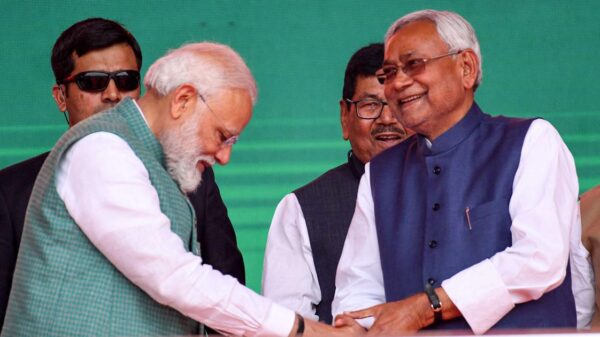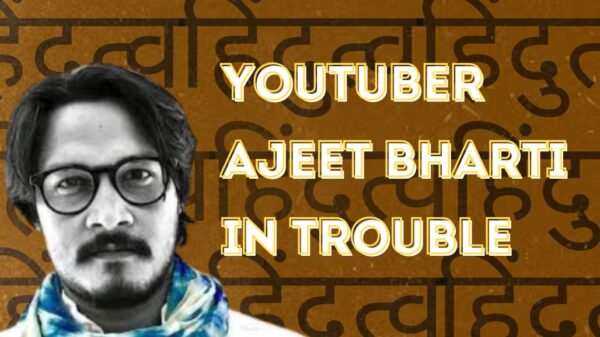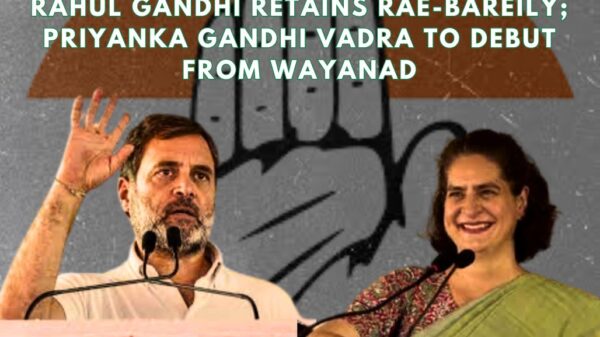As the whole world went into lockdown mode earlier this year and people got stuck at homes, they started looking for new means to provide them entertainment. While some went back to playing old, traditional games, some went to take up their hobbies very seriously. But what truly united most of the families was the consumption of visual entertainment, namely movies and shows either on TV or OTT platforms. With more than 40 OTT platforms to choose from, like Netflix, Amazon Prime, Disney Hotstar Plus, Voot, Alt Balaji etc. the average Indian spent 20-60 mins more on these platforms during the lockdown period.
While most of us are active consumers of these portals, a few questions like how do these platforms make money? How do the producers make money, keep baffling us. This article provides you answers for a few of these questions.
What are OTT platforms?
While most of us would think that the O in OTT might stand for Online, we are wrong. OTT stands for Over- The – Top. What happens with these platforms is that we watch the content of our usual cable television and then some via the internet. We can stream these programs on our TV sets, our computers, smartphones and tablets. With the rapid rise in internet connectivity and affordability of these platforms, now content is specially created for each of these portals. They might be movies like Lust stories and Guilty or shows like Sacred Games and Mirzapur. The current trend is of releasing movies on these platforms directly without a theatrical release.
How do the producers of these movies make money?
We are all aware of how Disney Hotstar released 7 movies like Dil Bechara, Sadak 2, Khuda Hafeez in in late July. Amazon Prime also saw many big releases, including Shakuntala Devi and Gulaabo Sithaabo which had legendary Amitabh Bachchan as one of the lead characters. OTT releases are quite different from theatrical releases because of the fundamental differences in their nature. While a theatrical release calculates the millions of Rupees collected on the first day, an OTT release calculates the millions of views gathered on the first day.
Movies involving big stars go on to collect hundreds of crores in the theatres in both regional and Bollywood film industries. But these movies are few in number when compared to hundreds of movies which release throughout the year and be termed as a ‘flop’ and might even fail to collect 10-15 crores or even a couple of crores, in case of regional cinemas. To such producers, OTT platforms come as a boon. With these platforms, there is already a price fixed for the streaming rights of their movies. So, no matter the number of views on the movie (hit or flop), they already have a safe amount of money to ensure they don’t go under loss. Hence, a lot of new age directors and producers now prefer releasing their content on OTT platforms.
But the people from big production houses and traditional approaches think that OTT platforms undermine the value of a movie. When a movie releases in the theatre and goes on to collect 100, 200 crores, the satellite rights for the movie automatically increases and even the OTT rights value. But with a direct release on OTT platforms, this isn’t possible as the value of the movie is already decided prior to the release and no matter how well the movie does, that doesn’t change. Direct OTT releases also lead to the payment of lesser prices for the movie’s satellite rights.
Then comes another category of content creators who create programs specifically for these platforms. Under these circumstances, the makers give an estimate to the platform and then the money will be released for the same. But the makers try to utilise less of this money as the rest will remain with them as profits.
Why choose OTT platforms?
As consumers, we choose OTT platforms as it caters to our needs at the tap of a button. We need not step out of the house and get a ticket and go to the theatre and buy expensive popcorn to watch movies anymore. Our couches and Act II popcorn are far more comfortable and far less expensive. Especially with the lockdown period, these platforms became our best friends. Our saviours from boredom.
Movie makers choose to make/release movies on these platforms mainly because there is almost no censorship on these platforms. As the whole set up is digital, there are always algorithms which tell you what kind of content one should be producing and in what genre. While horror and thrillers are the current favourites of Indian consumers, the other genres are slowly picking up, Made in Heaven, Pushpavalli being examples. The array of genres on OTTs are also wider than traditional cinemas. There is a lot of scope for experimentation and innovation which is very essential for the new age film makers. With a vivid knowledge of what the consumers are watching, the creation of content also becomes a lot easier and the fixed money is an added advantage.
The disadvantage here is of the recommendation lists. Based on what a user is watching, these platforms usually give them recommendation lists which might lead them to further consume only a particular genre or particular type of content unless they plan to explore the others.
How do the OTT platforms make money?
The first thing that comes to mind when we think of this are the subscriptions amounts, we pay for these platforms. These payments come under the method of SVOD (Subscription Video On Demand) where the users/subscribers pay a certain amount of money every week/month/year to get access to all the contents of the platform. Then comes TVOD (Transaction on every download) where the user has to pay a specific amount/fees every time they download any content. There is also a third method, AVOD (Advertising-based Video On Demand) where the user doesn’t have to pay anything but see advertisements in between the content, the best example being YouTube. These advertising companies have to pay a certain amount to the streaming platform.
These are the basic 3 methods by which OTT platforms make money.
Like anything else out there, OTT platforms too have their pros and cons. While it makes the whole process of consumption easy for the consumer, it affects the producers in both good and bad ways. Therefore paths should be navigated to extract better things out of these platforms than bad. As for me, I will now get back to binge watch my favourite show on Netflix.
– Jahnavi TR
– Bengaluru














































































Pingback: 10 Movies That found success in OTT’s – The News Hamster